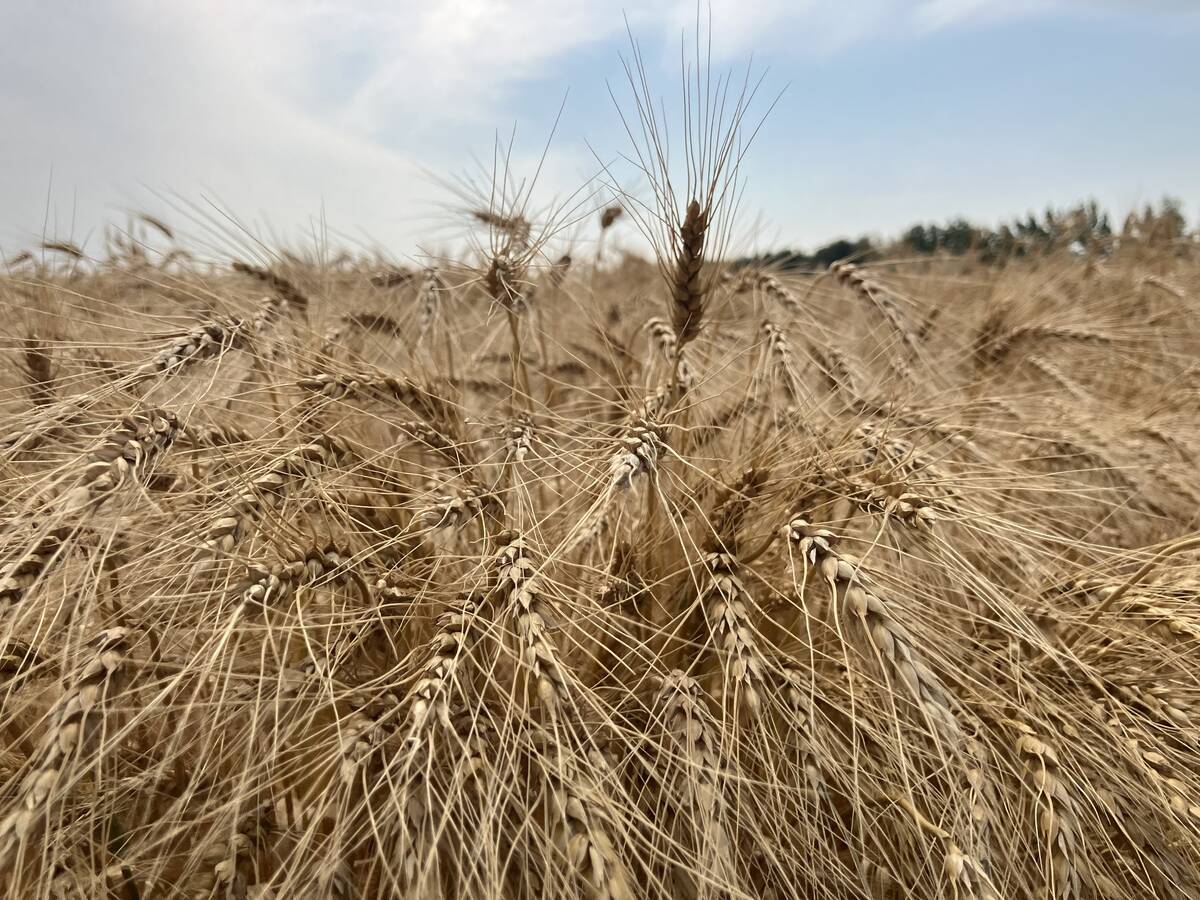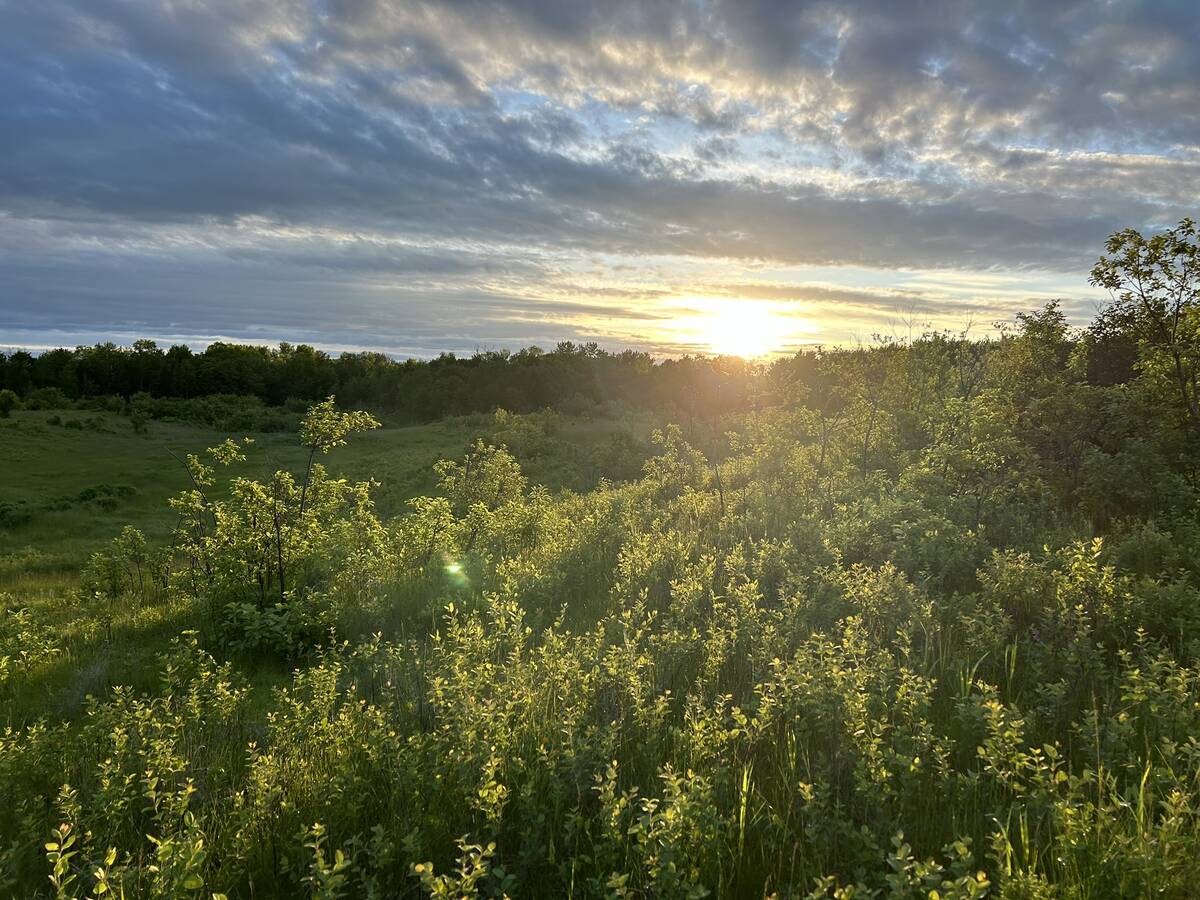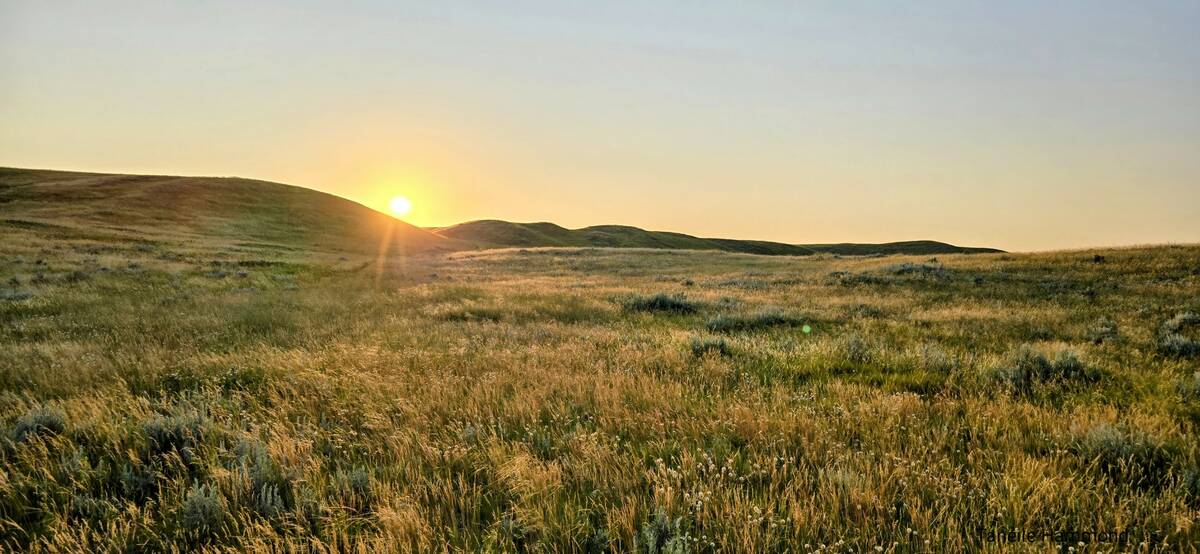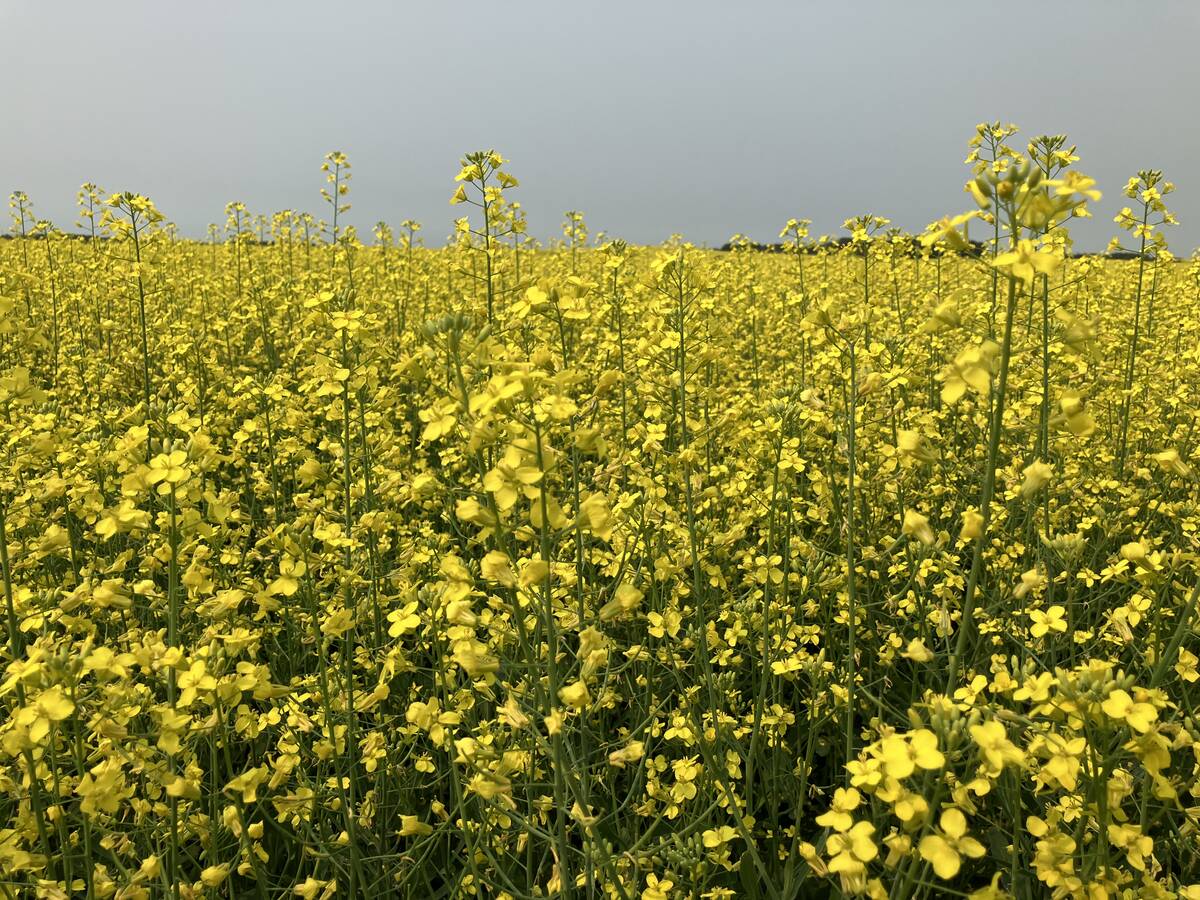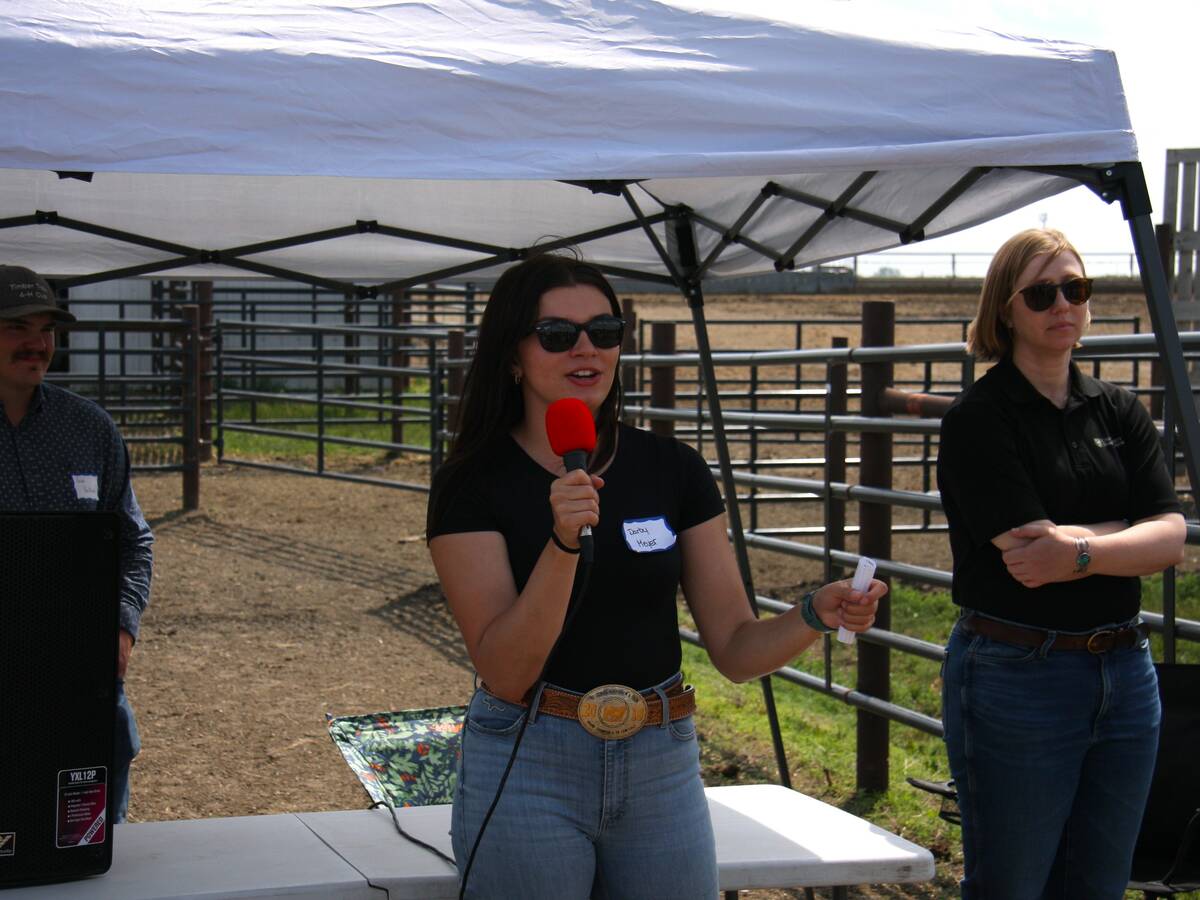 news-opinion
news-opinion
Must Reads
-

Canada continues its battle against superbugs
Antimicrobial drugs are key to livestock and human health, and the battle to protect their effectiveness is ongoing.
-

First Saskatchewan term conservation agreement signed
Lloyd and Nyla Anderson recently signed a 25-year term conservation easement with the Saskatchewan Stock GrowersFoundation to protect 640 acres…
-

Research looks for new canola markets
Manitoba’s canola industry is poised to evolve beyond oil production, focusing on innovations in plant-based proteins,biodegradable packaging and fermentation technologies.
-

Ergot feed research continues with beef cattle
U of S grad student Darby Meyer has been researching how to use ergot-affected grain for feedlot cattle.
-
Metagenomics change how disease is diagnosed
Metagonomic sequencing has helped researchers learn more about respiratory disease pathogens because the process canprovide new information on pathogens that…
-
French TV show focuses on desiccants
Crew from a French TV show that focuses on environmental issues will be in Saskatchewan this summer taking video offarmers…
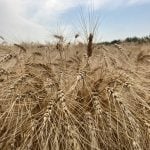
Free trade declared dead in the United States
The U.S. has imposed general tariffs on steel, aluminum and automobiles and copper tariffs will begin in early August
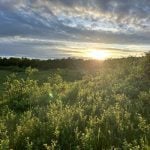
Manitoba farm group named finalist for national water innovation award
The Manitoba Forage and Grassland Association has been noted for their collaboration on their Aquanty hydrological modelling project

Manitoba opens awaited Washington trade office
Manitoba’s promised trade office in the U.S. capital will be headed by former CBC reporter Richard Madan

Canada continues its battle against superbugs
A long-term effort to better understand antimicrobial resistance has become a multidimensional initiative

First Saskatchewan term conservation agreement signed
Southern Saskatchewan ranchers said signing the agreement allows them to continue raising cattle and be rewarded for providing habitat
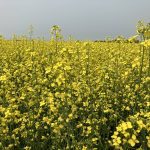
Research looks for new canola markets
Researchers and companies are working together in an effort to transform canola meal into high-value products

Ergot feed research continues with beef cattle
A grad student from the University of Saskatchewan is considering various treatments to better manage ergot feedconsumption

Metagenomics change how disease is diagnosed
Researchers at the University of Saskatchewan use the technique to identify disease through bacteria, pathogens and viruses
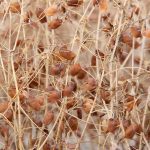
French TV show focuses on desiccants
The program, which covers environmental issues, will be in Saskatchewan looking at how farmers produce pulse crops
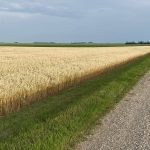
Barley, oats sustainability quantified by study
One tonne of oats produced in Saskatchewan has a carbon footprint 201 per cent lower than that produced across the country

 news-opinion
news-opinion